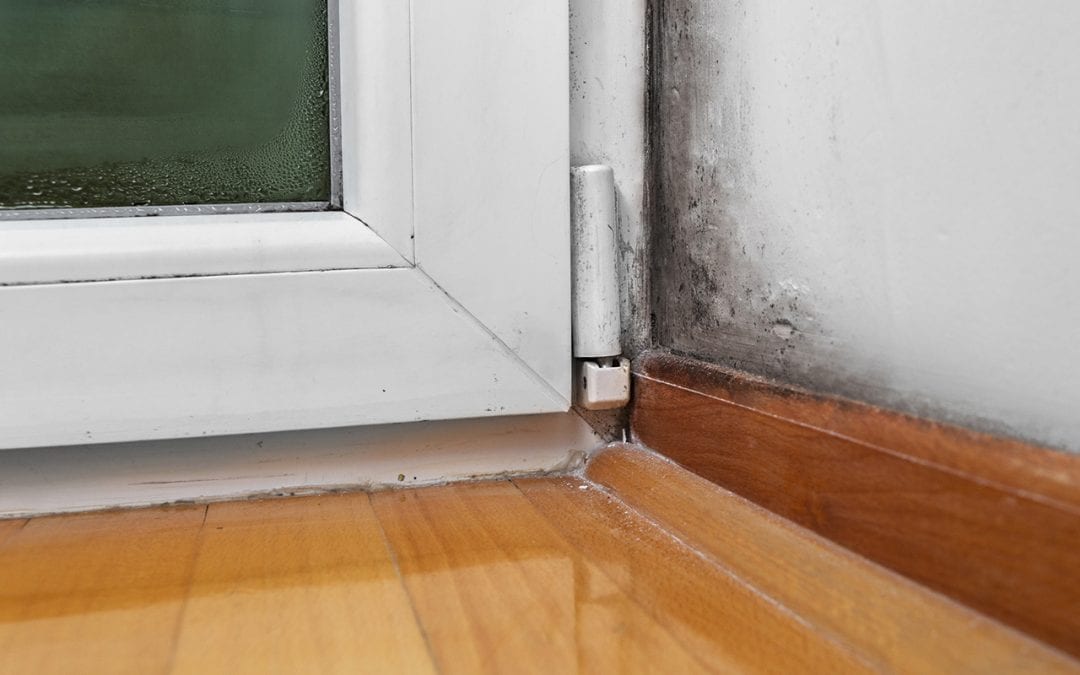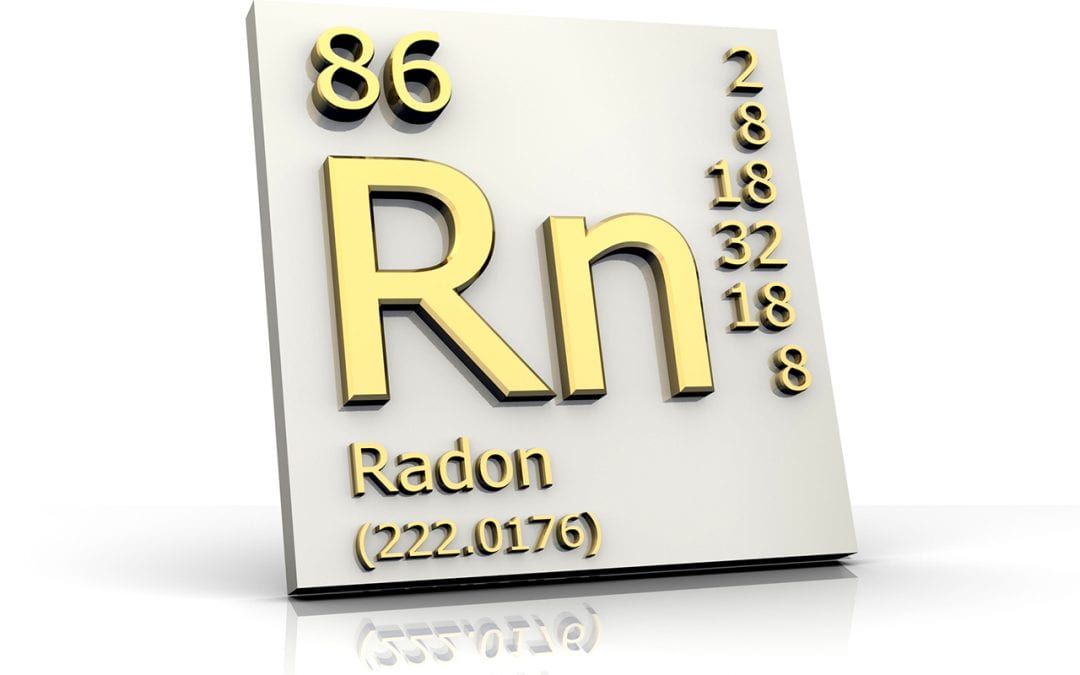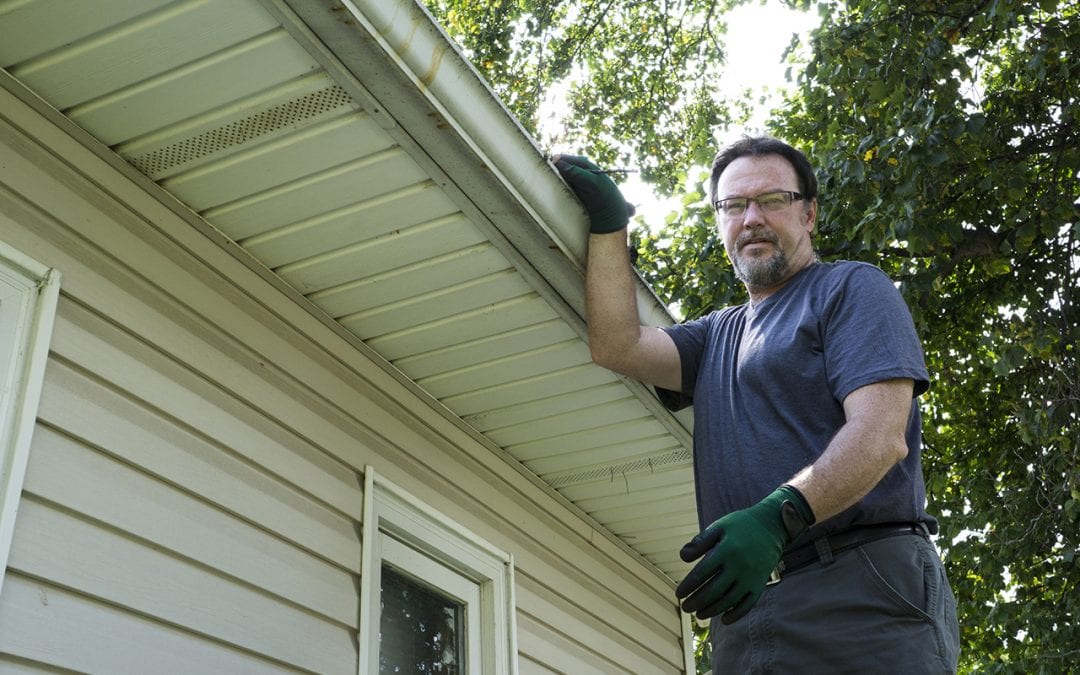
by mwonfor | Aug 20, 2018 | Community, Home Inspection, Home Maintenance, Homeowners, Mold Inspection
Look Out For These Signs of Mold
People do many things to make sure their homes are clean, safe, and healthy for their families. A big threat to a healthy home is mold growth. To know for certain whether there is mold in your home, you need to hire a professional to conduct a mold inspection. The home inspector will often perform air, surface, and bulk mold tests to compile conclusive results. It is important, however, for homeowners to know the signs of mold in their home. To identify the signs of mold, here are some of the things to check out.
1. Mold Smell
One of the major signs of mold in your home is its smell. If mold is in the house, the smell will be a bit damp and sometimes musty. If you smell anything that indicates the presence of mold in your home, call a professional home inspector who specializes in mold. Ignoring this sign could cause more damages to your home.
2. Presence of Water In Your Home
When you have broken pipes, leaks, or your sewer line bursts, your home is likely to experience water damage. This is a major problem in flood-prone areas. Water damage is often followed by the growth of mold in your home because of the damp conditions. As a result, you should always act fast when you notice water intrusion in your home. If you can’t clean the water out by yourself, you should consult home restoration professionals in your area.
3. Health Problems
When you experience health problems like allergies in your home, this could be a sign of mold. When hypersensitive individuals inhale mold spores, they may experience breathing problems due to the blockage of the airways. Some of the symptoms may be sneezing, a running nose, coughing, watery eyes, and dry, itchy skin.
Mold as an allergen has also been associated with asthma since it causes the above symptoms in addition to wheezing, shortness of breath, and a tight chest. If you do not clean out the mold in your home and seek immediate medical attention, these health problems may worsen.
4. Water Leaks
Water leaks may come from the roof, cracks in the wall, windows, doors, and other openings throughout your home. When water leaks within your home, you may notice mold growth or it may be hidden behind walls and not visible. This is where the services of a home inspector come in handy.
5. Previous Flooding
For people who reside in flood-prone areas, the probability of mold growing in your home after it has flooded is high. The problem will be worse when you stay for long without cleaning your home. This is because water damage is always accompanied by mold damage. After flooding in your home, you should take time to seek professional services from mold remediation specialists. The specialists will inspect all the visible and hidden parts of your home to assess the damage.
6. Visible Mold Growth
When you begin to smell mold, you’ll likely also see mold growth in your home. Note that even the smallest spot of mold could grow and cause damage to your home and negatively impact your health. This means that you need to contact a professional mold cleaning agent to restore your home.
American Home Inspection Services serves Southeastern Michigan with home inspection services, including mold inspections. Contact us if you have concerns about the signs of mold in your home.

by mwonfor | Jul 19, 2018 | Community, Home Maintenance, Seasonal
Spring seems to be the time when the lawn takes care of itself. A lawn that was dormant all during the winter suddenly comes back lush and green. It does not seem to need mowing very often, and if rain is abundant, it may not even need to be watered. However, the heat of summer can make lawn maintenance more difficult. Here are tips to help maintain a healthy summer lawn:
For a Healthy Summer Lawn, Fertilize Every 6-8 Weeks
Fertilizing strengthens the grass and helps it endure summer’s heat and drought. A slow release fertilizer is best when applied in early Spring, and there are different fertilizers depending on whether the lawn is in the north or in the south. Keep feeding the lawn every 6-8 weeks until the fall. Some fertilizers come with additives to control pests and help the lawn retain water.
Don’t Cut It Too Short
Though the grass may be growing quickly by summer, it still should not be mowed more than a third of the height of the grass blade for a healthy summer lawn. Tall blades are better able to send their roots deep into the soil to find water, and they also shade the soil beneath which keeps the ground cool and discourages weeds. Though some homeowners think it’s a little unsightly, it’s best to leave the grass clippings on your lawn after mowing. They provide valuable nutrients that contribute to a healthy summer lawn.
Treat for Grubs
If grubs are a problem when it comes to the lawn, the earlier they are dealt with the better. One natural way is to add beneficial nematodes at about 50,000 per square foot of lawn. Milky spore powder also takes care of grubs, as does 5 percent rotenone solution, pyrethrin, and neem oil.
Eradicate Weeds While They’re Seedlings
As for weeds, it’s best to eradicate them while they’re still young. Some weeds can be treated with an herbicide that doesn’t hurt the grass, while others are so invasive that they need to be pulled up from the roots.
Water Deeply and Early for a Healthy Summer Lawn
During the midsummer, it’s a good idea to check how deeply the water penetrates the lawn after it’s watered. The best time to water the lawn is early in the morning so the soil is able to absorb the water before it evaporates in the hot sun.
American Home Inspection Services is Southeastern Michigan’s premier service provider for home inspections, commercial inspections, radon testing, mold inspections, mobile home inspections, and home watch services. Contact us to schedule your appointment.

by mwonfor | Jun 20, 2018 | Community, Home Inspection, Home Maintenance
Before purchasing a home, it is important to first have a home inspection and a radon test. If there are high levels of radon present in the house, there are a few ways to reduce radon levels and minimize the risk to your family’s health.
As a colorless, odorless gas, radon cannot be seen or smelled, but it still may be present in your home. The EPA reports that radon is the second-leading cause of lung cancer in the United States. Found in soil, radon seeps into the home through cracks, doors, windows, and other openings. When it becomes trapped in the house, people in the home unknowingly breathe in the substance and cause damage to the cells of the lungs.
How to Reduce Radon Levels in the Home
Radon is found everywhere. As many as one-third of all homes have a higher amount of radon in the air than the EPA’s recommended maximum safety level. Since you cannot see or smell this gas, testing is the only way to learn if radon mitigation should begin. The EPA recommends annual professional radon testing to reduce risks. There are many ways to reduce the radon levels in the home now and after testing. You should:
- Seal all entry points into the home, since this is where gas leaks into the home. It is also a source of energy loss. Check areas around the foundation, the plumbing system, the basement, and sump pumps. Always seal cracks.
- Ensure there is proper ventilation in your home. Without proper ventilation, there is more pollution in the home and it also draws in radon and other harmful gases.
- Install ventilation in crawl spaces and around the foundation to reduce radon levels.
- Use the ceiling fan to help circulate air around the house and to remove toxins from the air. The ceiling fan reduces the plate-out or the energy charge released from radon that damages the tissues of the lungs.
The Radon Inspection
Professional home inspectors use a variety of techniques to measure radon levels in a house. Passive devices do not require power to test for radon while the active devices do require power. The inspector will determine which inspection technique is best for your home. Both short-term and long-term inspections are available. If you’re buying a home, the short-term inspection, including two to three-days of tests, is likely to be the technique used. It is a good idea to use a long-term inspection later down the road and to have your home tested regularly for radon.
What is a Radon Mitigation System?
Professional radon mitigators can help homeowners develop a plan of action to minimize the radon levels in their home. The EPA recommends that homes have radon levels no greater than 4 pCi/L. If an inspection shows that levels are higher than this number, it is important to develop a mitigation plan at once. Although radon is not visible and has no smell, it can be deadly. Put a plan in place if high radon levels threaten your home and health.
American Home Inspection Services provides radon inspections to Southeast Michigan, along with other home inspection services. Contact us if you need your home tested for radon.

by mwonfor | May 21, 2018 | Community, Home Maintenance, Seasonal
During the summer months, there’s no better way to enjoy the outdoors with friends and family than grilling out. In order to keep your gas grill functioning well for years to come, it is important to properly clean and maintain it. The more you cook on the grill, the more there is to clean. Over time, greasy residue and buildup can clog burners and even become a fire hazard. Here are 3 tips on how to clean and maintain a gas grill:
Monthly Leak Check
It’s a good idea to get into the habit of doing routine propane leak checks. About once a month, you should turn the propane on and pour soapy water over the connections. You’ll notice bubbles if there is a hole in any of the lines. If no bubbles are present then there is no leak. If you notice bubbles you should replace the line or tighten the connections to the tank.
Use a Cover to Maintain a Gas Grill
It is always a good idea to use a cover over the grill whenever it isn’t being used. Exposure to the elements can cause rust and damage the grill. Rust can ruin a grill and cause it to become non-functional. Most grill manufacturers make specific covers for their grills. It is worth the investment to purchase one.
Clean Regularly
Keeping your grill clean is the best way to ensure it lasts for years. After each time you cook, it is important to use the wire brush to clean the gunk off the grates. Wiping down the exterior with soapy water is also a good idea to keep the grill properly maintained. Deep cleaning of the grill only needs to be done every couple of months as needed. Deep cleaning consists of actually removing the burner protectors and wiping debris from the burners. Finally, you’ll want to get rid of all the gunk in the bottom of the grill. All of this can be done with soapy water and a sponge.
By using these tips to maintain your gas grill, you can ensure it lasts for years worth of cookouts. The key to a long-lasting gas grill is proper care and maintenance. By inspecting your grill for propane leaks, keeping it covered, and cleaning thoroughly, you can expect your grill to last for years.
American Home Inspection Services helps home buyers, home sellers, and homeowners in Southeastern Michigan know everything they can about their home. If you would like to schedule a home inspection service, click here to contact us.

by mwonfor | Apr 20, 2018 | Home Inspection, Home Maintenance, Seasonal
Spring Home Maintenance is Important for Every Homeowner
Many people believe spring cleaning is only about cleaning out closets, dusting off sports equipment, or digging a path through the garage. However, it’s also a perfect time to check and see how your house has fared during the harsh winter. You may find damages that need repairing and the yard will need prepping for spring and summer plants. Here are 7 spring home maintenance tasks to help prepare your property for the warmer seasons.
1. Watch for Swarming Termites
Termites swarm out of their colonies beginning in March and lasting until May or June in order to find new territory for a colony. When you see a dark cloud of swarming insects, call a pest control company immediately.
2. Check Out the Roof
If you feel comfortable, climb up a ladder to get a closer look at your roof. If you see anything that looks less than perfect, you may want to bring in a professional home inspector to inspector to evaluate the condition of the roof.
You’ll be looking for curling shingles, missing shingles, the bottoms of metal pipes that are damaged, and generally anything that doesn’t look right. Be sure to take photos in case you decide to file anything with your homeowner’s insurance. If you need repairs or an entirely new roof, make sure the roofer you hire is licensed and insured.
While you are up there, notice the gutters. Are they all still attached to the roof? It’s important to repair any areas that may have come loose, and give them a good cleaning. Otherwise, rain may find its way into your foundation causing mold and mildew, and it may also rot the wood of your eaves.
3. Look at the Siding and Wood
Pressure wash the siding on the house or hire a pressure washing service. This keeps mold and mildew from getting a foothold. Also check wooden stair rails on porches, the wood on the deck, and any wood on the property such as pergolas or wooden pathways through gardens.
Replace weak or loose parts. As part of spring home maintenance, have it treated by a professional. Wood around windows and doors should also be checked. Clean it, prime it, and paint it if it is looking ragged. Wood that isn’t strong and primed is an open invitation to termites and bugs.
4. Inspect the Driveway and Walkways
Asphalt and concrete suffer in winter, too. Cracks in driveways and sidewalks, paths through gardens, or the deck around a swimming pool can develop into major issues. Address them when they’re just cracks instead of craters and you’ll save a lot of money down the road.
5. Check the Foundation
Look at the foundation floor, walls, and concrete. If there are cracks, buckling, or anything that doesn’t look right, call a professional immediately. If two quarters will fit into a crack, then your slab or foundation needs help.
6. Bring in an HVAC Technician
When you press the button, the cool air comes on. That doesn’t mean the system is working properly, though. Efficiency could rest on such a simple thing as a filter. Be sure to have a professional look the system over from the unit outdoors to the ducts indoors.
7. Landscaping
Trees hanging over the roof are trouble. Trim them back or remove them if they look like they could fall on your house. Check other vegetation. If it grows up against the house, it could loosen the mortar in bricks or damage your siding. Trim back everything and pull all vines off the side of the house.
American Home Inspection Services provides Southeastern Michigan with certified home inspection services. Contact us to book your appointment.





